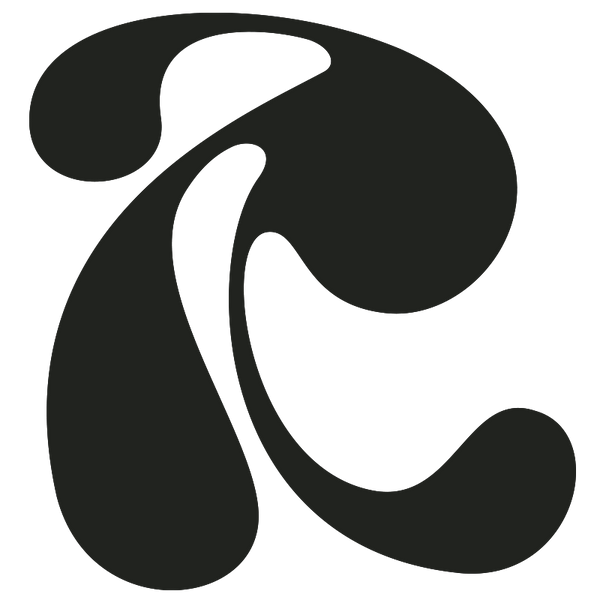Care Label Instructions
Care Label instructions seem to be a whole science for itself. We thought we knew what they meant, as normally before turning on the washing machine we would regularly check the temperature symbol on the label. Turns out, that was kind of the only information that we looked for, but the label instructions are really great helpers to prolong the life of your loved piece. We want to guide you through the most important symbols, giving you some simple explanation and some basic tips on the way.
Washing
The tub symbol is the washing symbol, and means you can wash your item in the washing machine.
The number in the symbol tells you about the maximum temperature (30°C) that your item should be washed at. One bar under the tub means gentle wash at or below 30°C. Two bars mean very gentle wash, so the reduction of spinning and rinsing, at or below 30°C. The two lines also indicate that you should lay your item flat for drying, but we will get to drying later.
The temperature could also show 40°C, 60°C and 90°C, but washing over 60°C is suitable just for white things and bed sheets. We can say with certainty that the colder the washing is the better it is for the garments and environment.
The tub symbol with a hand means: Hand wash. Mostly used for wool, cashmere, silk and fine garments. Hand wash is gentle and would prevent shrinking and snagging.
Whenever you are in doubt whether your piece is considered delicate, go with hand wash to be on the safe side.
The crossed tub symbol means: Don't wash
Bleaching
The triangle is the Bleaching symbol.
The following with CL is: Bleaching with chlorine allowed.
The one with two lines: Non-chlorine bleach when needed.
The see through and black triangles with a cross both mean: Don't bleach
For non bleachable items make sure your detergent does not have bleach in it - often for coloured clothes.
Tumble drying
The square with a circle inside is the symbol for Tumble drying. At this stage it’s important to note that tumble drying generally is not good for fibers, as it damages them through heat and movement. Whenever possible we recommend to air dry your clothes.
The square with a circle inside and one spot means tumble drying on low temperature.
Two dots - tumble drying on normal setting.
Crossed out tumble dryer icon means: Do not tumble dry
As mentioned before, it is recommended to air dry all your clothes whenever possible. Though here as well, the label might have different instructions:
Just a square is simply a drying symbol. The following one in line means: Line dry.
Next one means: Dry flat.
The square with three parallel lines means: Drip dry.
The following square with two lines in the corner is for: Dry in the shade.
The next symbol is for: Line dry in the shade.
And finally the last one means: Dry flat in shade.
Ironing
These are the icons for ironing. One dot is for ironing on low heat, 2 on medium heat and third on high heat. You can steam from medium heat on. You also find the dots on the temperature dial of your iron so it is easy to find the right setting.
Dry Cleaning
The circle is the symbol of professional cleaning.
Dry Cleaning works without water and with highly aggressive chemicals, therefore it is actually toxic for the fibers of your item and you. We recommend that you avoid dry cleaning as much as possible.
The circle with F/P means dry clean, hydrocarbon solvent or tetrachloroethylene (PCE) only - it is an indicator to the dry cleaner for which chemical can be used for the garment.
The more bars underneath the circle indicate the level of precaution for the professional cleaner.
The crossed circle means: Do not dry clean.
And the W in the circle means Professional Wet Cleaning - as opposed to dry cleaning, wet cleaning is more environmentally friendly. Water and mild detergent are being used along with special equipment.
The symbol with black crossed circle means: Do not wet clean.
Another tip for when picking up your clothes from the dry cleaner, remove plastic straight away after picking up your garment from the dry cleaner, so that no moisture builds up inside the fibers.
